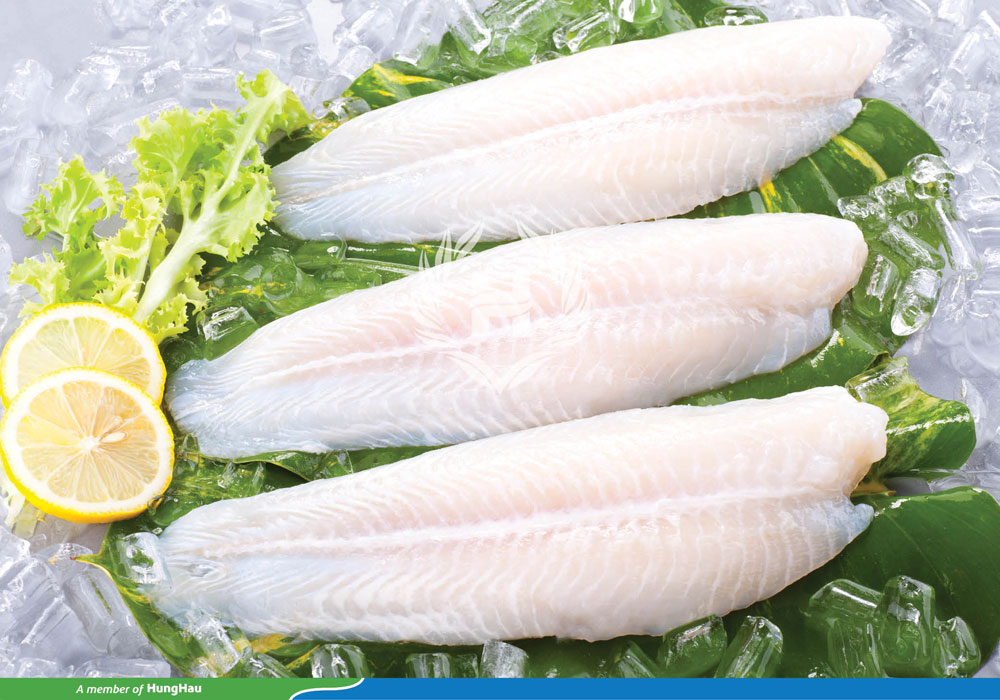Vietnam Seafood
Pangasius market shows stability despite slow demand
Vietnamese pangasius markets are experiencing slow yet stable conditions, which is considered positive following a challenging 2023. There is a sense of calm regarding the potential shortage of raw materials.
The market has transitioned from being overstocked to a balanced state. Previously, businesses had excess stock leading to a market collapse. Now, both demand and supply are subdued but aligned. Farmers have reduced their pond stocking, and although demand is low, there is no shortage in the market.
A “clear market price” now provides buyers with greater confidence compared to a few months ago. The price for 100% net weight “regular fillet” exported from Ho Chi Minh City was approximately $2.10 per kilogram.
A source confirmed the market has been “quiet and stable” for some time, with prices around $2.70/kg for 100% net weight fillets meeting EU import standards. This price stability is due to EU demand not fully recovering from the pandemic-induced price surge.
Raw material prices have remained stable since week 14, hovering between VND 28,500 and VND 29,000/kg due to the quiet market. However, prices for the smallest sizes, such as four-ounce fillets, are higher because farmers prefer to stock the fish for better prices.
Currently, hot weather, drought, and saltwater intrusion caused by El Nino are significant concerns. Farmers fear fish mortality and are hesitant to start new crops. This weather may lead to a raw material shortage in August and September, critical months for year-end shipments, which typically drive prices higher.
Nguyen Ngo Vi Tam, CEO of Vinh Hoan Corporation, Vietnam’s largest pangasius exporter, stated: “Earlier this year, raw material prices increased, but the market remained slow and steady. Prices adjusted without plummeting, maintaining a healthy level for farmers over the past four to six weeks.”

This steadiness is attributed to a stable raw material supply and improved export markets, particularly in the US and China. “Raw material supply has been controlled in terms of volume and price. If fillet market demand strengthens, a more serious shortage could occur,” she noted, adding that Vinh Hoan anticipates continued recovery in key export markets over the next three months.
Some consultants acknowledged a potential raw material shortfall in September but considered it a normal seasonal occurrence. Fingerling prices typically rise in February and March, causing farmers to delay stocking in the first quarter, but this often normalizes later, potentially leading to an oversupply.
Export markets are expected to improve throughout 2024, aided by the absence of Russian fish in the US and European markets (or higher duties), resulting in higher prices for cod and haddock.
Vietnamese customs data indicated a positive trend in April, with export volumes reaching 77,325 metric tons, a 21% increase month-on-month and 37% year-on-year.
Prices to China have dropped to their lowest in roughly three years, but for the US market, they have been rising steadily since December 2023.
Vietnam’s Association of Seafood Exporters and Producers (VASEP) welcomed the news that the US is considering recognizing Vietnam as a market economy. This could benefit Vietnamese businesses, especially in anti-dumping tax reviews on shrimp and pangasius and anti-subsidy investigations. Other regulatory barriers may also be relaxed. While Vietnam’s pangasius sales to the EU decreased by 7% year-on-year to approximately $70 million in the first five months of 2024, VASEP believes Vietnamese firms can leverage the EU-Vietnam Free Trade Agreement to benefit from ongoing economic challenges in the EU.
VASEP forecasts a 10% increase in pangasius exports in Q3, with cooling fuel and logistics costs, although this prediction was made before freight rates surged again in late May.
(Source: https://vietfishmagazine.com/)



 Tiếng Việt
Tiếng Việt